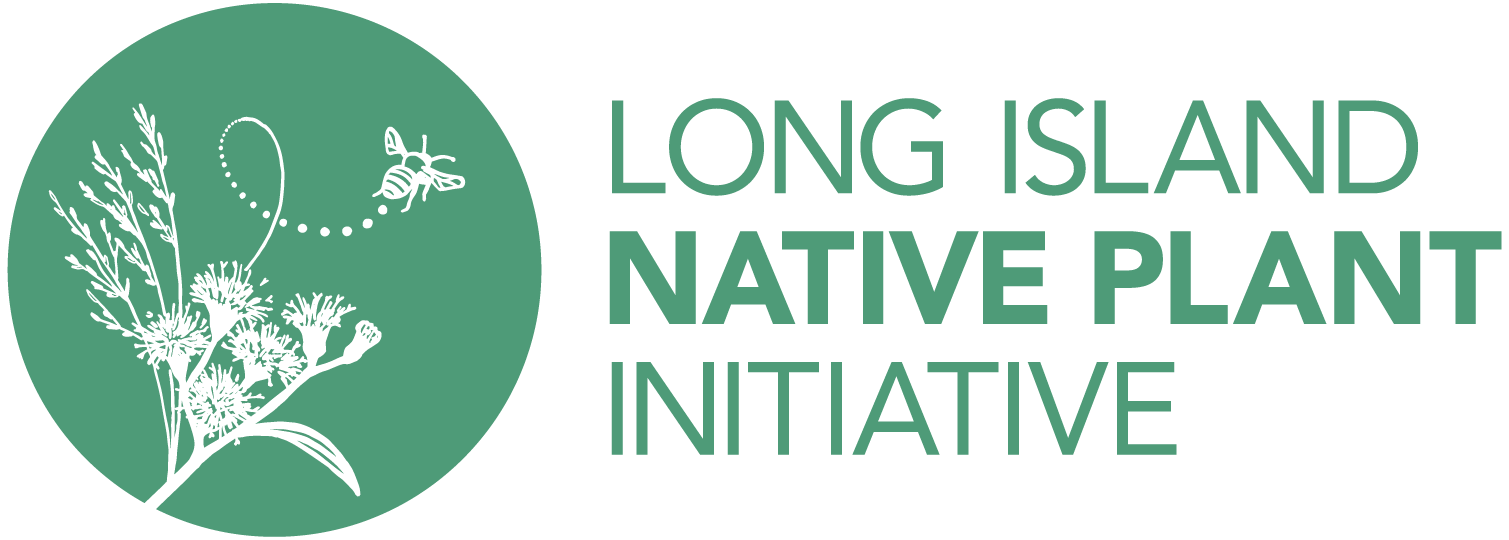Also known as Hardhack, Steeplebush is an upright bush found in wet prairies and meadows, and around marshes. Our native alternative to the Japanese spiraea, Steeplebush develops multiple spires of pinkish-purple flowers from July through September. Its foliage turns bright reddish-gold in Fall. A good addition to raingardens, Steeplebush is the host plant for the Columbia silkmoth.
